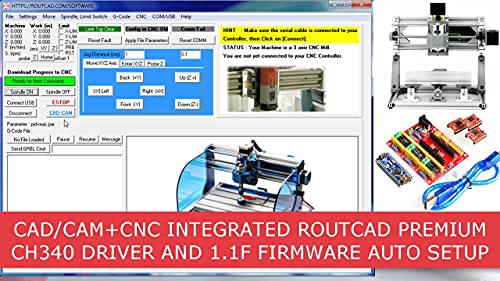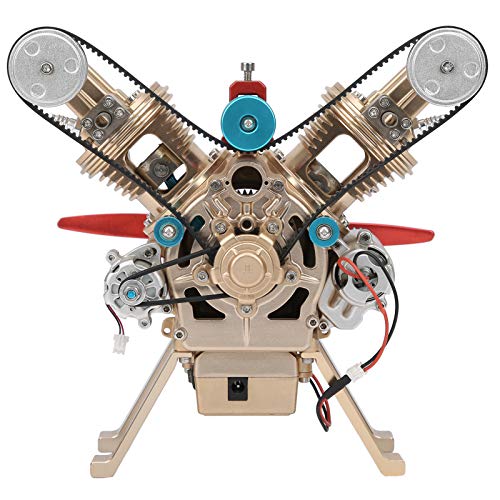OK, I ran the numbers on my tiny DIY water pump first using the simple equations Gemini (Google’s AI) found, and then using the step-by-step equations described in the link you provided. The results from Gemini's equations are more-or-less reasonable, but the results from the
Euler’s turbomachine equations are pretty crazy.
From Gemini:
Q = π * D * B * ω / 60 = 3.1416 * 0.04878 * 0.012 * 120,000 / 60 = 3.678 cubic meters per hour
= 61.3 LPM which seems reasonable.
Using the results, 3.678 m^3/hr, and the somewhat ridiculous pressure obtained from the Eulers Turbomachine Equations, plugged into the power equation found via the internet, results in the following.
Power (kW) = Q* P * SG / 3600 = 3.678 * 480.6 / 3600 = 0.49 kW
The need for 1/2 kW to power my small pump also seems reasonable.
____________________________________________________________________________________
Euler’s turbomachine equations:
Given:
diameters of the impeller at the inlet and outlet
r1 = 0.01374 m
r2 = 0.02439 m
Speed = 120,000 rpm
the blade angle at inlet
β1 = 30°
the blade angle at outlet
β2 = 20°
assume that the blade widths at inlet and outlet are:
b1 = b2 = 0.012 m
First, we have to calculate the
radial velocity of the flow at the outlet. From the velocity diagram, the radial velocity is equal to (we assume that the flow enters exactly normal to the impeller, so tangential component of velocity is zero):
Vr1 = u1 tan 30° = ω r1 tan 30° = 2π x (120,000/60) x 0.01374 x tan 30° =
99.6 m/s
The radial component of flow velocity determines how much the
volume flow rate is entering the impeller. So when we know
Vr1 at the inlet, we can determine
the discharge of this pump according to the following equation. Here b1 means the blade width of the impeller at the inlet.
Q =
2π.r1.b1.Vr1 = 2π x 0.01374 x 0.012 x 99.6 =
0.1 m3/s = 6000 LPM = 100 L/s
In order to calculate the
water horsepower (Pw) required, we have to determine the
outlet tangential flow velocity Vt2, because it has been assumed that the inlet tangential velocity Vt1 is equal to zero.
The outlet radial flow velocity follows from
conservation of Q:
Q = 2π.r2.b2.Vr2 ⇒
Vr2 = Q / 2π.r2.b2 = 0.1 / (2π x 0.02439 x 0.012) =
54.38 m/s
From the figure (
velocity triangle) outlet blade angle, β2, can be easily represented as follows.
cot β2 = (u2 – Vt2) / Vr2
and therefore the outlet tangential flow velocity Vt2 is:
Vt2 =
u2 – Vr2 . cot 20° = ω r2 – Vr2 . cot 20° = 2π x 120000/60 x 0.02439 – 54.38 x 2.75 = 306.5 – 149.5 =
156.9 m/s.
The water horsepower required is then:
Pw = ρ Q u2 Vt2 = 1000 [kg/m3] x 0.1 [m3/s] x 306.5 [m/s] x 156.9 [m/s] = 4,808,985 W
=
4,809 kW
and the pump head is:
H ≈ Pw / (ρ g Q) = 4,808,985 / (1000 x 9.81 x 0.1) =
4,902 m
= 480.6 bar
= 6970.5 psi
These results are laughable. 4,809 kW turning the 8 mm diameter stainless steel shaft seems likely to sheer the shaft, assuming the aluminum impeller didn't self destruct first, and that the Tesla turbine could actually produce that much power. It all seems most improbable.
I suspect what these numbers are telling me is that there's simply no way my tiny water pump will actually spin at 120,000 rpm.
Testing the Tesla turbine and using the water pump as a load should prove interesting






































































